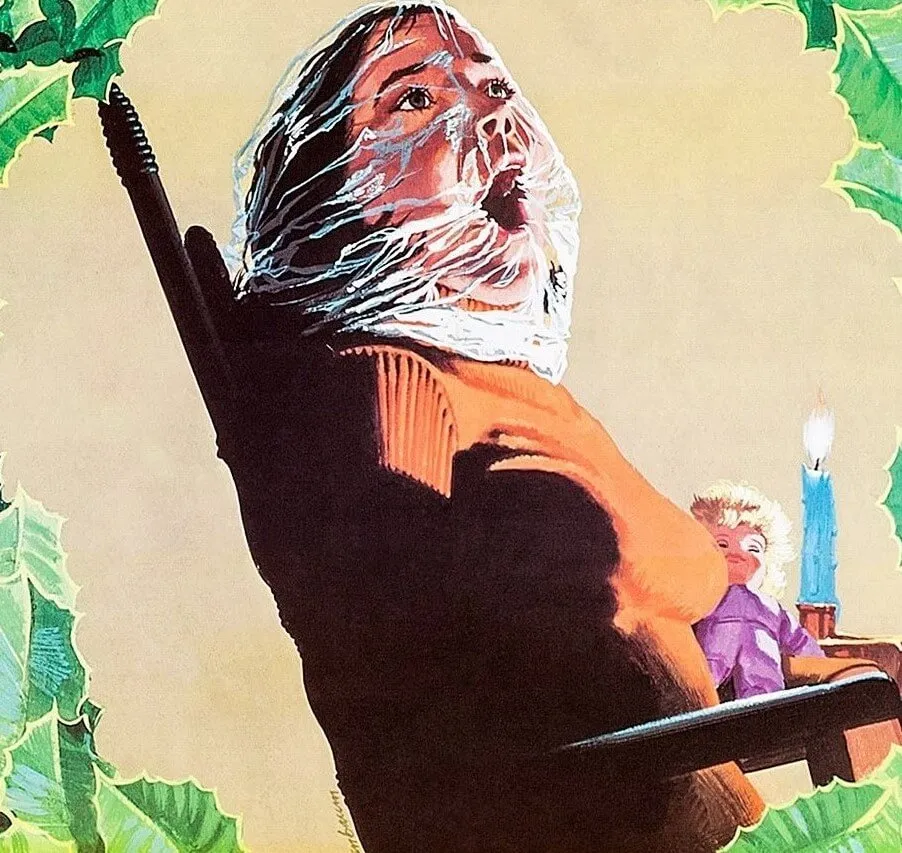
The Best Horror Movie Death Is Weird and Set at Christmas
Horror movies might be known more for death scenes than anything else. For that reason, pinning down the best horror movie death should be challenging — but it isn’t. One obscure, eerie Yuletide scene from the 1970s takes the cake.
The best horror movie death involves a bizarre weapon
When people think of the great murder set pieces, they often think of slasher sequences like the shower scene from Psycho and the time Kevin Bacon’s throat got slit in Friday the 13th. One of the more underappreciated slashers is 1974’s Black Christmas. It’s not forgotten, but it never inspired the sort of fandom as A Nightmare on Elm Street or Child’s Play. Regardless, Black Christmas has some incredible tension and tantalizing unanswered questions.
The premise revolves around an unseen, unknown assailant who breaks into a sorority house during the Christmas season and starts living in the attic. One by one, he starts picking off sorority girls.
The film’s most famous kill occurs when the villain sneaks up on a sleeping Barb (Margot Kidder) and grabs a glass unicorn before stabbing Barb to death in slow motion. The audience hears children singing carols outside and the film cuts back and forth between their singing and Barb’s desperate attempts to save herself. The mix of innocence and violence is chilling.
The pay off makes this the best movie death in its genre
As he’s about to murder Barb, the film’s killer refers to himself as Billy and calls Barb “Agnes.” Who are Billy and Agnes? Well, I don’t want to spoil Black Christmas for anyone.
Rest assured that the answer is brilliant. It’s one of the best pay-offs in horror. And it wouldn’t work without the glass unicorn scene.
The impact ‘Black Christmas’ had on horror
Black Christmas is not that famous, but it’s very easy to see it as the template for John Carpenter’s Halloween, the film that kick-started the 1980s slasher movie boom. Both films revolve around young women being targeted by a mysterious killer during a holiday. Each movie uses first-person camera shots that put the audience in the killer’s perspective.
During a 2019 interview with SciFiNow, Black Christmas scream queen Lynne Griffin discussed how her movie inspired Halloween. “Very clearly John Carpenter was influenced by [Black Christmas director] Bob Clark’s work and the work of [Black Christmas cinematographer] Bert Dunk; you can’t speak of him more highly because he created that Steadicam and it’s not anything like the Steadicams used today, which are so wonderfully malleable and lightweight,” Griffin said. “He was sort of strapped into the thing … it’s actually Bert with the camera climbing up the outside of the house on the trellis and it’s actually Bert that strangles me in the closet too! He came through the plastic [clothes] bag and strangled me with the steadicam on him.”
Griffin also said Black Christmas sparked a tradition. “It’s amazing how many people say it’s one of their annual events to sit down and watch Black Christmas during the holidays,” said Griffin. “Well, there is White Christmas too and one of my favorite Bob Clark films is his other film about Christmas: A Christmas Story. He made two very different films about the same time of year!”
Maybe it’s time that Black Christmas became a Nightmare Before Christmas-style dual holiday classic.


